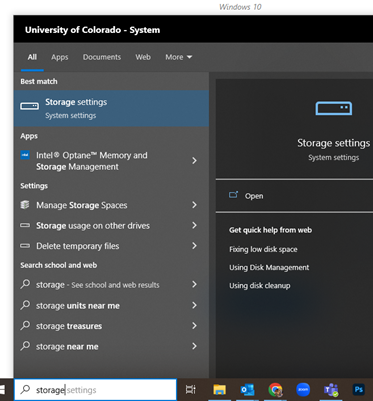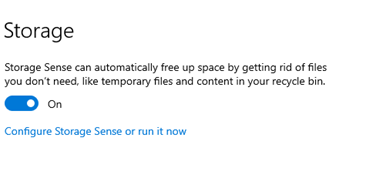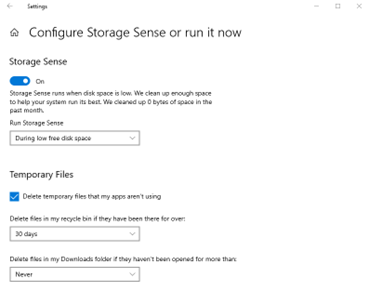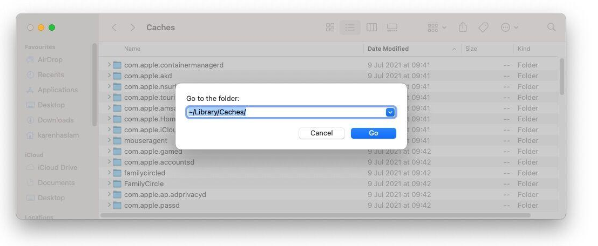CU Alert: All UIS enterprise and business applications are available. See email for additional information.
Portal Status: Green
04 - 01142026 UIS Resolution INCIDENT
CU Alert: All UIS enterprise and business applications are available. See email for additional information.
Portal Status: Green
Holiday closure: UIS and the UIS Service Desk will be closed Monday, Jan. 19, in honor of Martin Luther King Jr. Day. We will reopen at 8 a.m. Tuesday, Jan. 20.
Too many temporary files can consume valuable storage space. These files accumulate over time and impact the memory available for your computer to run core processes.
If you’re running low on storage space, you should consider deleting your temp files to free up space that you can use for other files and data. You can choose to delete some or all the temp files, but the process is different depending on the make of your laptop.
To some degree, Windows will automatically delete temporary files. If they’re not, you can go in and delete them yourself without any worries.
Most programs will create temp files in a folder called C:\Users\AppData\Local\Temp — that’s likely where your computer stores most of your temporary files. It’s safe to empty out the Temp folder and delete the temp files you find there.
The best option to automate this process is to set up Storage Sense on your PC:



Similar to clearing your browser cache, Mac refers to deleting temporary files as “clearing the cache” on your device.
There are two kinds of cache: system cache and application cache. In general, you should not delete system cache files. Application cache, sometimes referred to as the user cache, includes data associated with your apps that is saved so that it doesn’t have to be loaded every time you use an application. This allows your applications to work faster.
For example, if you work with high-resolution images or large video files, your computer could be storing a lot of app data related to the edits you make before you save the updated files. If you no longer use a specific app, you will want to delete its temporary files.
There is a third kind of cached data that is the result of sandboxing between apps but that data is automatically removed when you restart your Mac.
In macOS Monterey and older you can click on the Apple in the menu at the top of your screen and go to About This Mac > Storage.
If you are using macOS Ventura, this process has changed. You can still access the information via About This Mac > More Info, but this takes you to System Settings where you go to General > Storage > Storage Settings.
In Storage Settings, you will see a breakdown of Mac storage, which indicates where there are files that you might want to delete or move to cloud storage, such as OneDrive, in order to free up space.

1800 Grant Street, Suite 200 | Denver, CO 80203 | Campus Mail 050 SYS
CU Help Line: 303-860-HELP (4357), E-mail: help@cu.edu | Fax: 303-860-4301
Add new comment